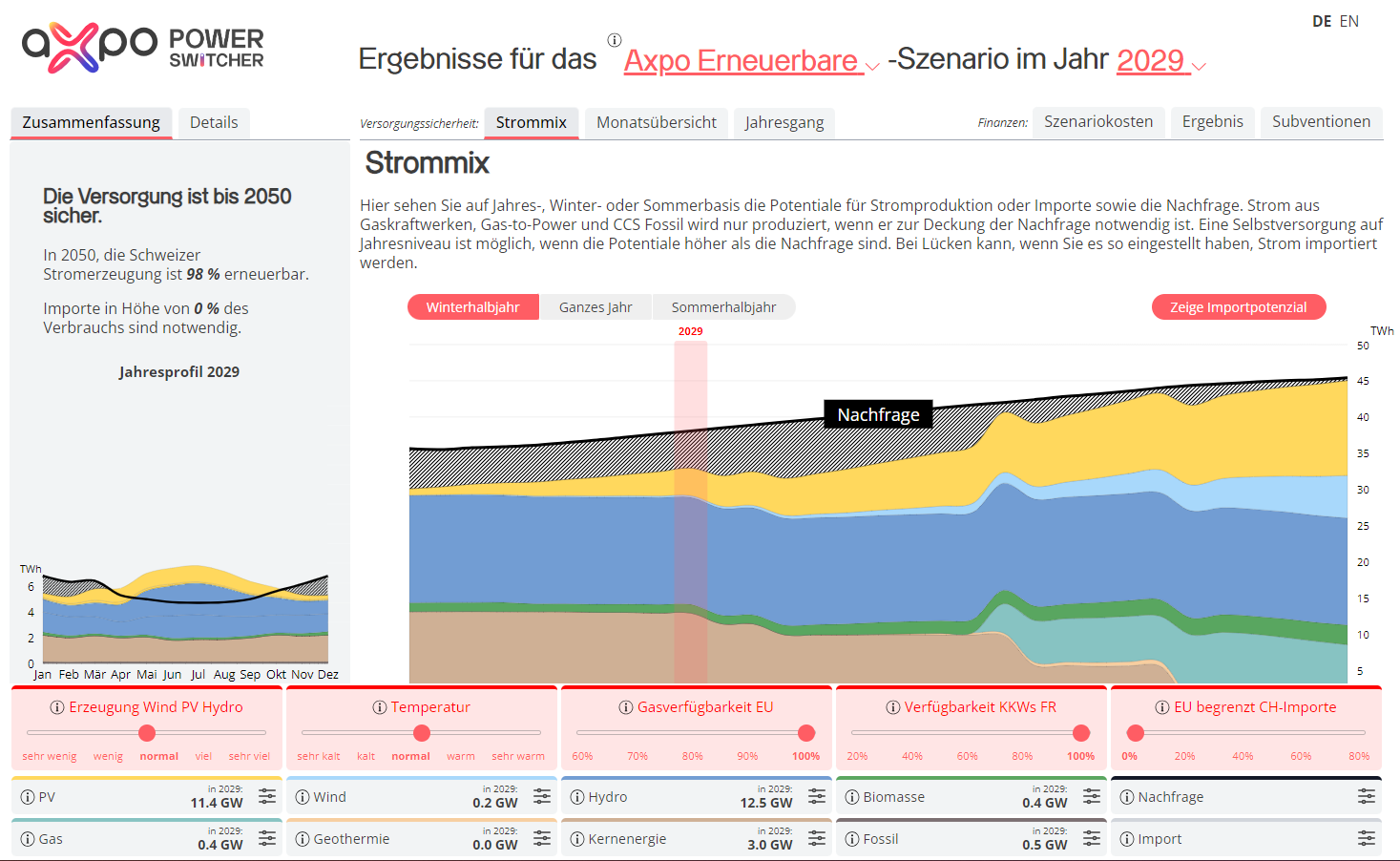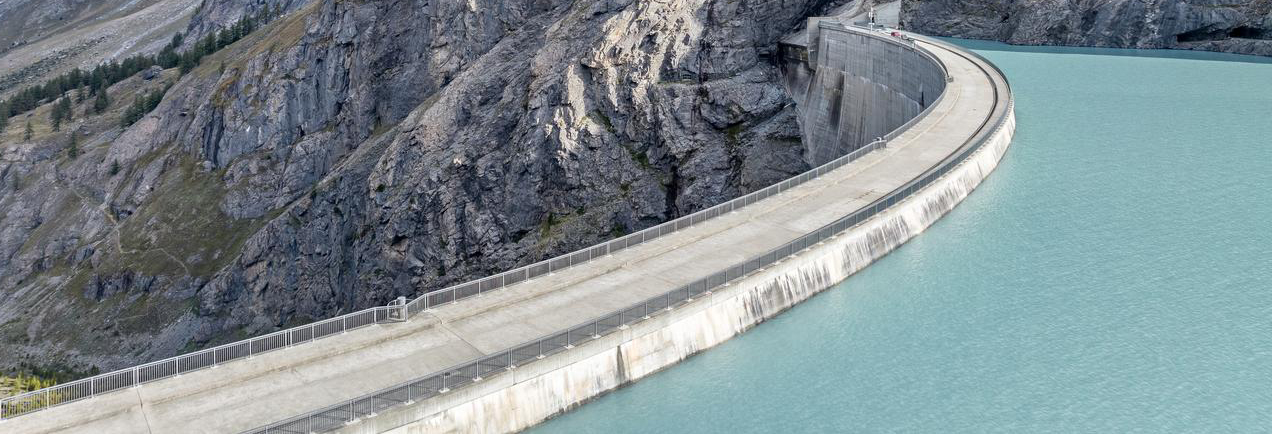

Hydropower Sustainable security of supply
In Switzerland, around 60 percent of the electricity produced comes from hydropower. That's good, because this electricity production is domestic and therefore reliable, nearly CO2-free, storable and renewable. Switzerland is well ahead in Europe – only Norway, Austria, Iceland and Albania have a higher share of hydropower electricity production.
Control centres
Amount of energy in GWh/a
Installed turbine output in MW
As Switzerland's largest producer of hydropower, Axpo makes a major contribution to this top position. We are responsible for Axpo's power plants, partner plants with Axpo participation and third-party plants. With around 60 high, medium and low pressure systems under our care, we are the largest operator of hydroelectric power plants in Switzerland.

Our control centres
Axpo has a large portfolio of hydroelectric power plants in Switzerland. Some of them belong to her 100 percent. Most of them are so-called partner plants. And many of these hydraulic plants are arranged in power plant groups.
Hydropower from A-Z
Hydropower has many different aspects. Here is a quick overview of a few important keywords.
Hydropower in keywords
Many fish species use different habitats within their life cycle and are therefore dependent on migrations through water bodies. Despite existing hydroelectric power stations, fish can migrate up and down rivers and access different habitats through fish bypasses and ladders.
For the construction and operation of hydropower plants, energy producers such as Axpo require a concession from the canton and/or municipality from which the water used in the respective power plant originates. This concession allows the energy companies to use the water. As a rule, these concessions last between 40 and a maximum of 80 years. This period is intended to enable the operators to amortise the investments made over a long period of time. In return, the cantons and municipalities receive water fees from the energy producers, currently amounting to around CHF 550 million per year.
Run-of-river power plants use the flow of a river to generate electricity. They usually have low heads and are used for large volumes of water.
The water (upstream) is directed to the turbines. The kinetic energy generated by the flow drives the turbines, which convert the energy into electricity via generators. The electricity is fed into the grid. The water used to generate electricity is fed back into the river (downstream).
Run-of-river power plants produce base load energy and, in contrast to storage or pumped storage plants, cannot adjust the quantity of electricity as required. The amount of electricity produced depends on the water flow and the flow velocity of the river.
In addition to generating electricity, run-of-river power plants often also serve as flood protection. Fisch ladders and locks are installed to enable the passage of fish and ships.
Small-scale hydropower plants are hydropower plants, usually run-of-river plants, with an output of less than 10 MW.
(1) To generate electricity, water from the reservoir is fed to the turbines via pressure pipes. The resulting kinetic energy drives the turbines, which convert the energy into electricity via generators and feed it into the power grid. After turbine operation, the water reaches the lower reservoir.
(2) In contrast to pure storage power plants, pumped storage plants can not only generate peak energy, but can also convert excess electricity, which occurs during so-called off-peak periods, into valuable peak energy. For this purpose, they pump water from the lower reservoir back up to the higher reservoir and reuse it for electricity production at a later point in time. In this pumping mode, the generator works as a motor. It is supplied with electricity from the power grid.
In a pump turbine, the functions of the turbine and the pump are performed by the same machine. The pump turbine changes its direction of rotation depending on the operating mode.
Pumped storage is a proven method of balancing supply and demand in a power grid in an environmentally friendly and economical way. Pumped storage plants play an important role in ensuring security of supply and stabilising the electricity networks.

Running waters must also be able to fulfil their natural function when water is removed. Residual water provisions specify the water volume that must be available at all times in river and steam beds when water has been withdrawn.
When hydropower plants generate electricity the water level increases and decreases on a daily basis. If demand and power prices are high or when grid stabilisation requires higher production, water is released. When demand is low the storage power plants feed in less power to the grid and retain water. These artificial high and low water levels can endanger water organisms in streams and rivers.
A storage power plant is a hydroelectric power plant that stores water in a reservoir and uses it for electricity production as required. The powerhouse with turbines and generator is located at the foot of the dam. The storage power plant uses this difference in height between the high reservoir and the lower engine house.
To generate electricity, water from the reservoir is fed to the turbines via pressure pipes. The resulting kinetic energy drives the turbines, which convert the energy into electricity via generators and feed it into the power grid. The water used to generate electricity iis drained (usually into a river).
As a rule, storage power plants are not in continuous operation. Instead, their task is to store water, which is produced in different ways as a result of the weather. Storage power plants go into operation when electricity consumption is at a peak due to daily or season fluctuation. This makes storage power plants important suppliers of flexible peak energy.
Switzerland currently has around 650 hydroelectric power plants with a capacity of at least 300 kilowatts and around 1000 small hydroelectric power plants. Hydropower production in Switzerland averages around 35,000 GWh per year (35 TWh). More than 90 percent of the hydropower plants are located in the main catchment area of the Rhine with its tributaries the Aare, Limmat and Reuss as well as on the Rhone. The largest producers in Switzerland are the cantons of Valais and Grisons, which account for almost 50 percent of Swiss hydropower.
Together with its partners, Axpo has around 60 hydropower plants in Switzerland with an installed capacity of around 4300 MW.

Switzerland is a country without resources. This is commonly said. But that's not entirely true, because our country has water as a resource like almost no other country - that's why it's often referred to as the water tower of Europe.
The Swiss Alps are the source and continental watershed: the Rhine flows into the North Sea, the Rhone into the western Mediterranean, the Ticino (Po) into the Adriatic Sea and the Inn (Danube) into the Black Sea. More than 1,500 lakes, rivers and bodies of water as well as numerous glaciers can be used here as freshwater reservoirs or for the climate-friendly production of renewable energy, which accounts for around 60 percent of Switzerland's total production.
Most locations for the profitable use of hydropower have already been developed in Switzerland. The focus of the expansion of hydropower desired by the Confederation as part of the Energy Strategy 2050 is therefore on renewing and increasing the efficiency of existing plants.
In Switzerland, energy producers such as Axpo pay fees for the use of water to the respective canton or municipality where the power plant is located. The water rate in Switzerland was increased in several steps to the current level of CHF 110 per kilowatt gross output. Currently, the cantons and municipalities receive around CHF 550 million in water fees per year. The water rate accounts for the largest share of fixed charges levied on Swiss electricity producers. According to a study by the Swiss Water Management Association there is no place where fees are even close to the level of Switzerland.
This discrimination against Swiss hydropower producers has a direct impact on their willingness to invest and thus on ensuring security of supply in Switzerland in the medium to long term. This is because the levies are not only high, but also form a fixed cost block. An open market with volatile prices, and, hence, fluctuating revenues is therefore confronted with a high block of fixed costs. If market prices are high, the fixed levies are acceptable. In the years with low revenues, however, losses result as in previous years. This leads to uncertainties in the strategic planning of producers because they have less financial resources at their disposal to invest in the maintenance and expansion of hydropower.
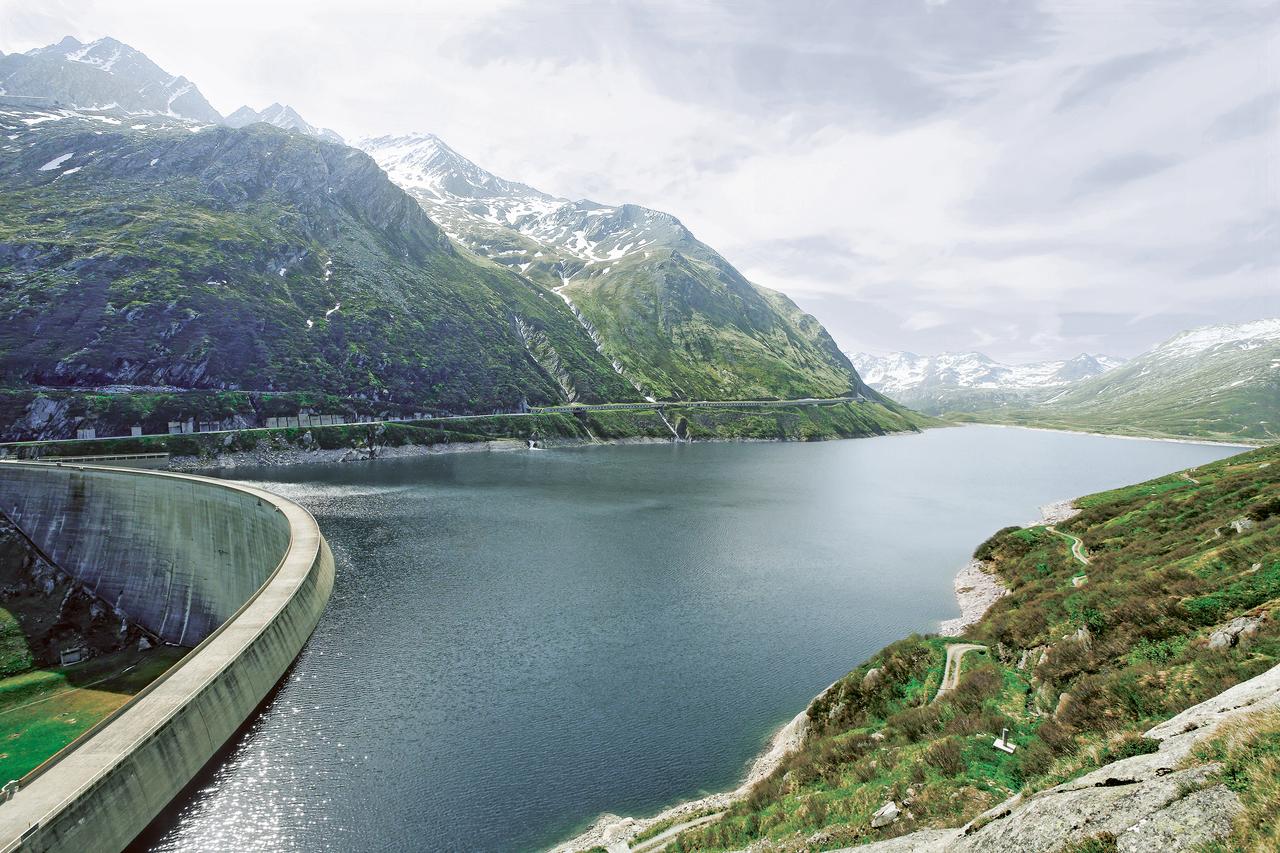
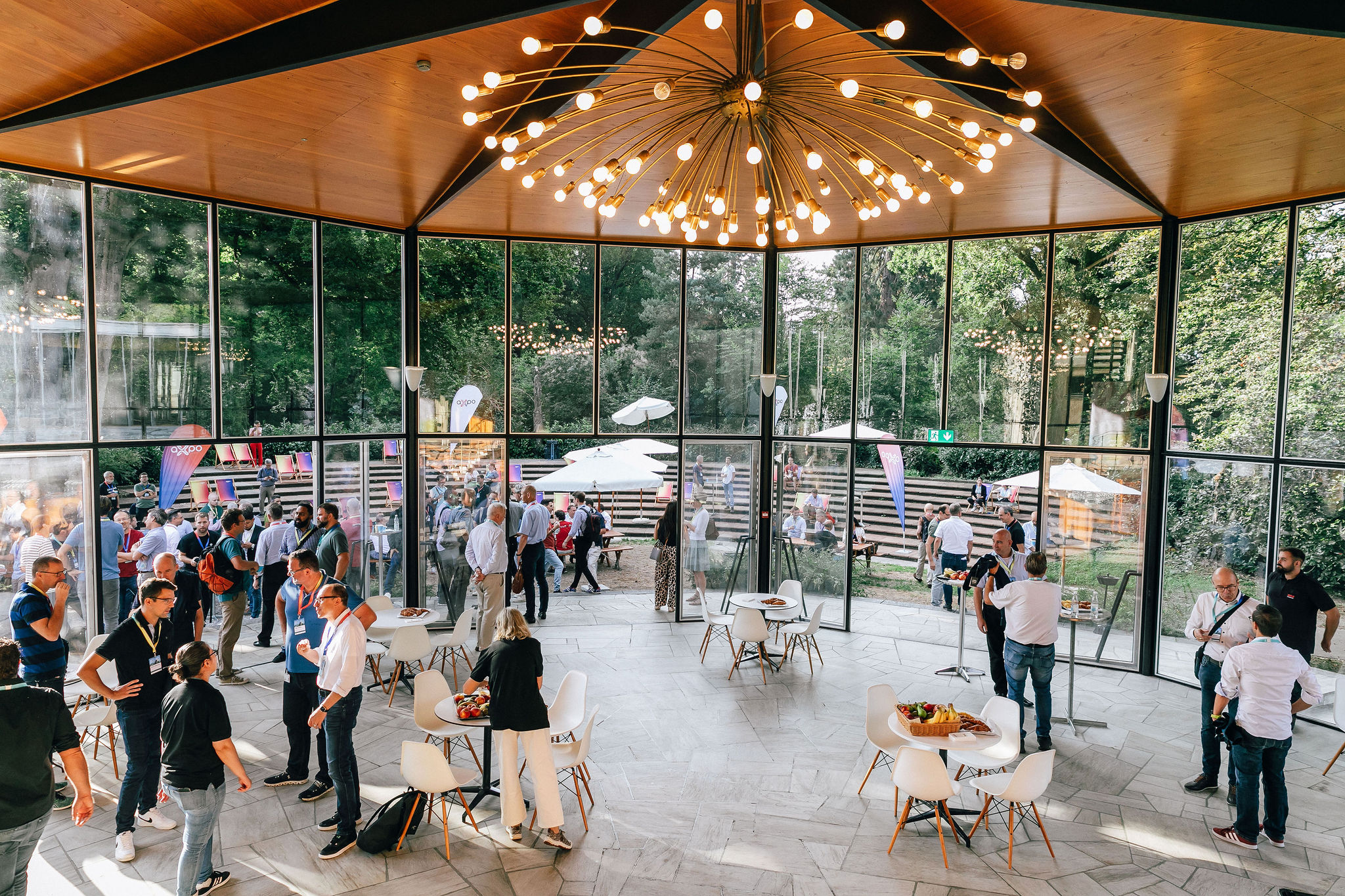
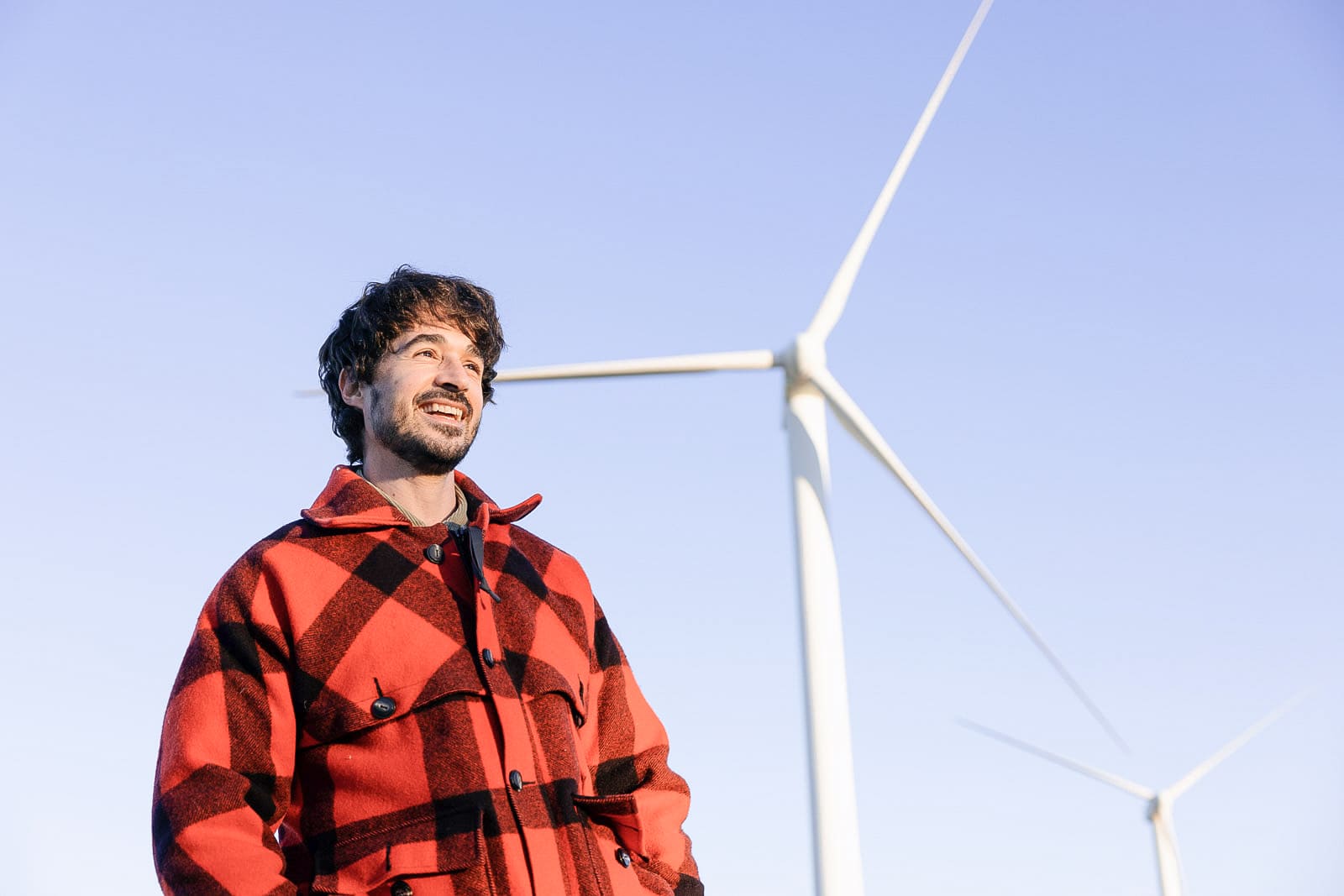
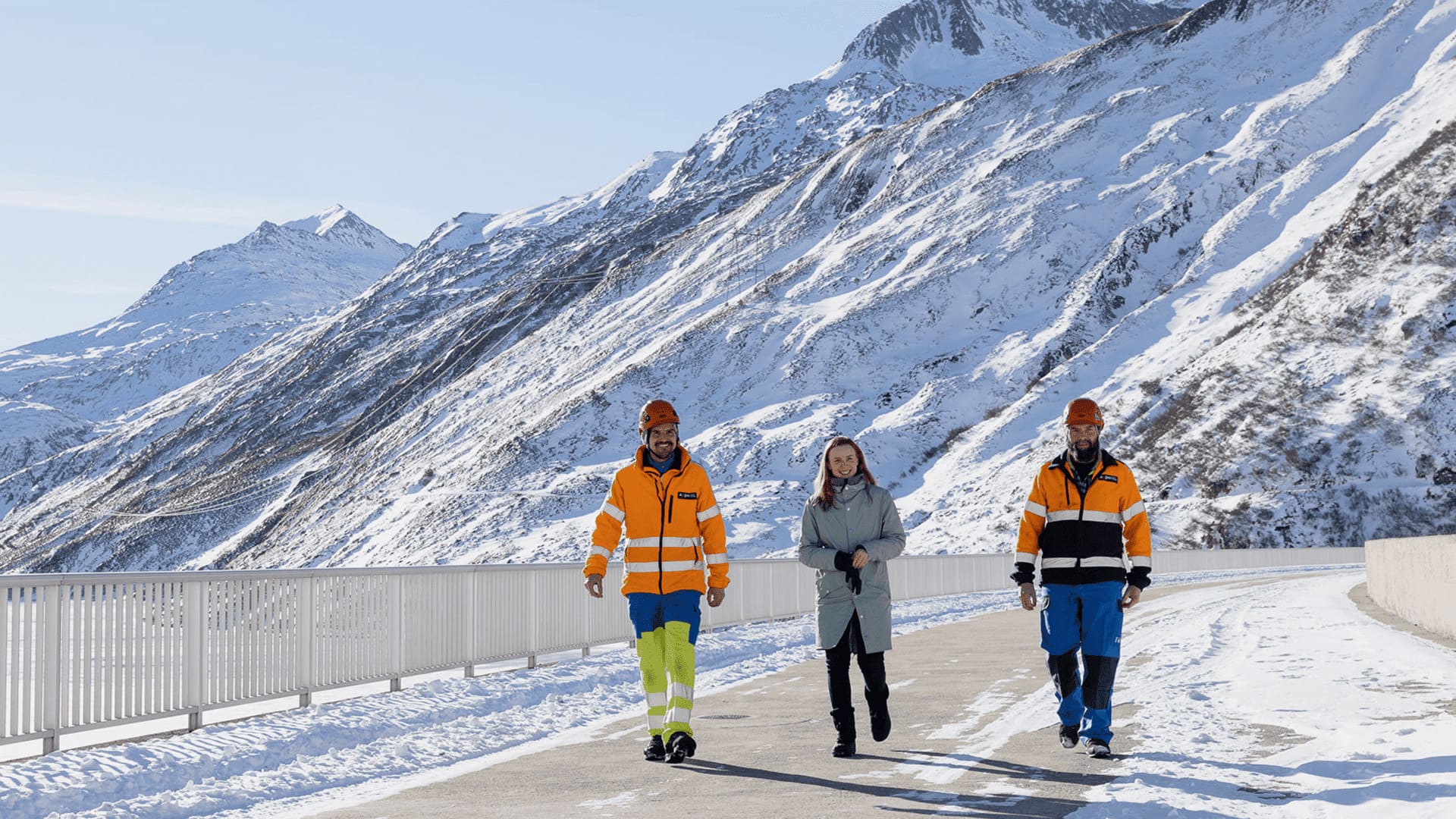
.jpg)

